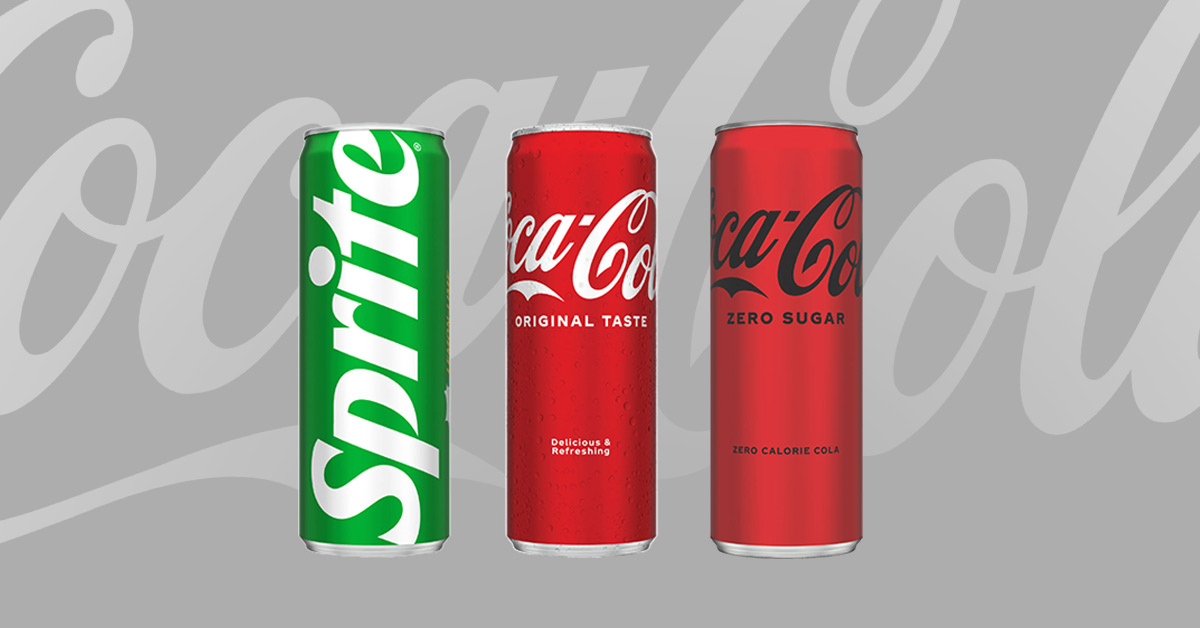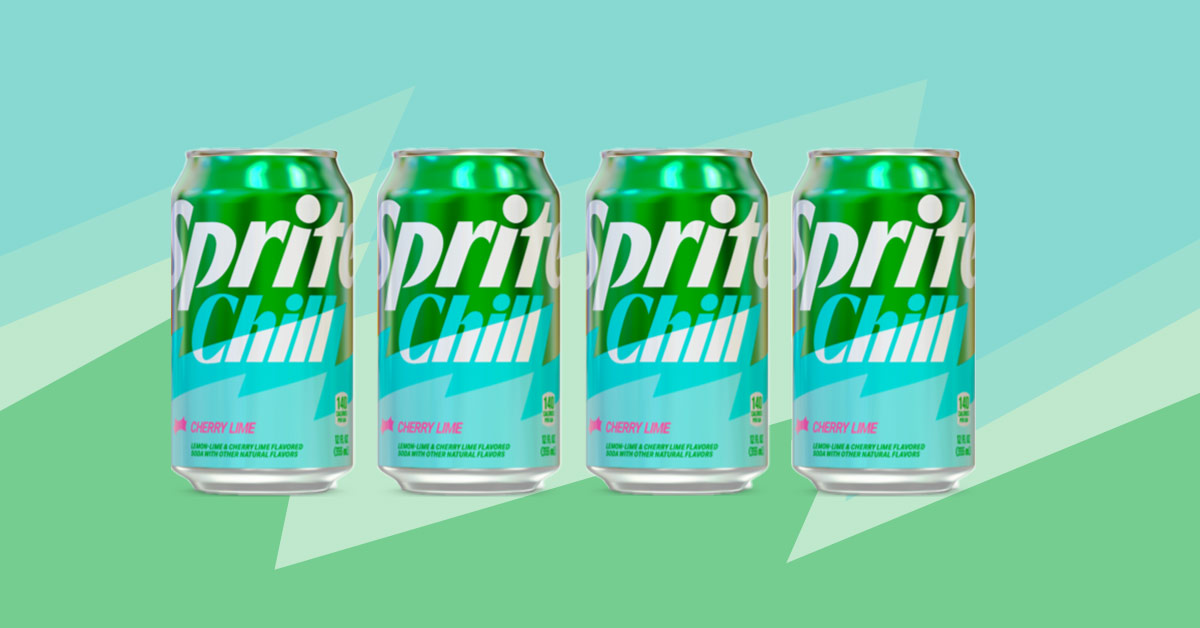
Along with a more muscular coffee program, Coca-Cola’s presence at NACS mainly showcased product and packaging innovations within its “loved” legacy brands.
Coca-Cola Spiced, a new permanent sub-line that will rotate flavors in and out, starting with Raspberry in February 2024 in both full and Zero Sugar versions. Packaged in 12 oz. slim cans, Spiced isn’t meant to harken to winter seasonal flavors so much as offer “more bite,” or maybe simply a robust Coke experience. At a time when young consumers have so many other beverage options beyond CSDs, it’s imperative to provide a reason for them to choose Coke, the brand explained.

That sleek can format is also a focus across CSDs: along with Coca-Cola Spiced, the Coca-Cola, Sprite and Coca-Cola Zero Sugar brands will also transition to 12 oz. sleek cans (six SKUs total), a move aimed at capturing those aforementioned younger consumers. The cans will provide for “dynamic marketing opportunities” over the next year, reps told us, and will be sold in singles primarily at small-format C&G.

Then there’s Sprite Chill, available in regular and Zero Sugar, which promises to be the “coldest Sprite ever” thanks to a cooling agent that leaves a lingering cold sensation at the back of your throat. Fans can also expect more Coca-Cola Creations LTOs in 2024.
Elsewhere, Coke’s ambitions for Costa Coffee are linked to advances in its automated dispensing systems. On display at NACS, the brand’s latest and biggest piece of equipment, Costa Smart Cafe, is designed to replicate the complete hot and cold beverage menu from Costa’s cafes, with the ability to brew 100 drinks when fully stocked. Much like Coke’s Freestyle fountain machine, users navigate the menu from a large touchscreen and can customize drinks to exact specifications of milk type (via a seven-slot, refrigerated bag-in-box), sweetener or syrups (seven options), with each brewed in 90 seconds or less and falling somewhere between $3 to $5.
Payment can be handled autonomously at the machine or at the register via a printed ticket, and retailers have the option to integrate coffee items into discounted bundles with food. There are about 200 machines currently in the U.S., with a bigger footprint overseas. Fully stocked, it needs to be serviced every three days, compared to every 24 hours for Costa’s countertop machine.
This isn’t the only piece of tech innovation for Costa: the updated version of BaristaBot, now dubbed Costa Creations, is in beta testing at Coca-Cola’s home office in Atlanta as of this week. Expect a commercial release next year.
In contrast, Costa’s move into the U.S. RTD market with its three-SKU Flat White line seems to have stuttered thanks in part to confusion amongst consumers about what makes for a flat white — like a cappuccino, but with just a thin layer of milk foam — in a can. A revamp of that line is on its way next year.
The shift towards electric vehicles is also influencing strategic thinking at Coke around C&G; EV drivers spend more time at stations and want more options, particularly on the premium end; hence innovations like the aforementioned Costa full-service machine. There’s also Freestyle Flex, a countertop version of Coke’s do-it-all soda dispenser that was piloted earlier this year and is rolling out to select regions this month. Significant space savings are realized by use of a cartridge system rather than bag-in-box.
The Freestyle 9100 has also received some upgrades. The machine now has the ability to be programmed by Coke with custom recipes over the air; for NACS, the company created a new soda just for the event and programmed it into the 9100 via the internet. That’s designed to open the door for more LTOs and national marketing programs like Fanta’s ‘What the Fanta?’ campaign based around a ‘secret’ flavor.